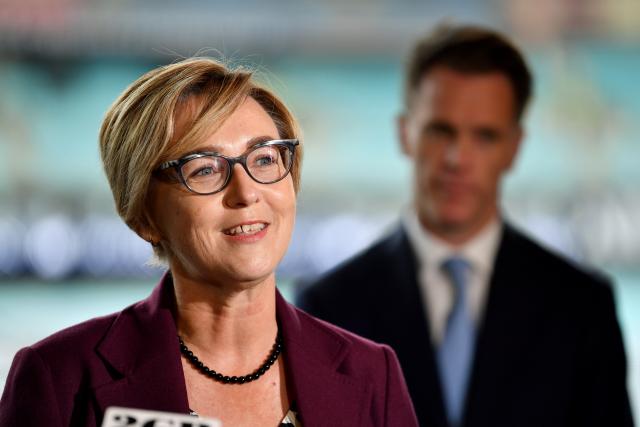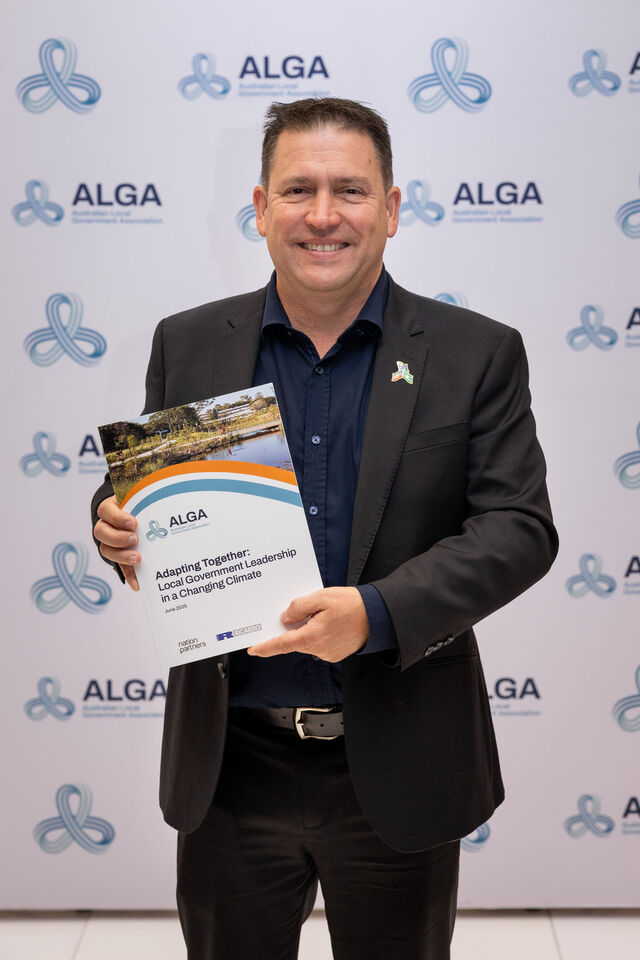The Good Oil by Rod Brown*
Some of my Local Government colleagues have sworn off applying for Federal grants. They are heartily sick of the level of detail, the pedantry, the paternalism and the delays. But one should keep an open mind. It depends on your circumstances and needs, and there are some golden rules.
No. 1 – Decide on what you want to achieve
For Local Government, your needs are usually two fold – wanting to influence Federal Government policy, or wanting to maximise your access to whatever Federal assistance is on offer. The latter need is understandable given the worldwide trend to localisation in response to globalisation, and Local Governments’ lack of direct revenue sources.
Federal assistance can be the big ticket items, such as roads funding and financial assistance grants where the Australian Local Government Association has really improved its influence in recent years. Or it can be the scores of smaller grant programs, which require a different approach.
No. 2 – Be clear
and focused
You mustn’t forget that Canberra is a madhouse of paper and agendas. There is extreme pressure at the higher levels of the public service and in ministerial offices. And few of these powerbrokers have any ‘sense of place’.
In any case they’re wary of considering issues through a local prism in case they’re accused of bias or picking winners. And ministers and their staffers don’t want to read a document twice. Submissions must be short and pithy – they want the what, why, where, when, who and how much. They may then read the attachments.
PM Rudd is working his ministers hard, and their respective advisers – as distinct from the departments – hold enormous sway. The ministerial advisers are mostly young, sharp, big picture and impatient. They also speak 20 to the dozen, and are generally unworldly.
No. 3 – Look at
things from the
Feds’ perspective
Due to Canberra’s aversion to things local, in most cases your pitch should be in the context of the Feds’ perspective.
Canberra runs on strategies, themes and acronyms. Currently it is about dealing with the GFC, ESD and CC (get my drift?), infrastructure spending to avoid a recession, social justice, and COAG as a point of alignment.
Industry policy is making a comeback thanks to Pacific Brands and the auto makers.
Canberra also runs on well entrenched principles. It is fixated with competitive neutrality issues, which basically means that government decisions should have as neutral effect as possible on other players.
Another guiding principle is that governments should not intervene in the market or pick winners, rather its role is to address market failure.
This Treasury orthodoxy is not always observed. For example, the building industry lobby laid it on thick, and convinced someone in the Treasurer’s office that ceiling insulation and solar water is worth a $3.9 billion punt. Incredible example of picking winners.
No. 4 – Have a vision, make it sexy and
use champions
In terms of lobbying ministers and influencing policy, it’s very difficult to get an audience these days. First step is to get the attention of the ministerial adviser. Small groups of mayors or council CEOs can sometimes be effective in grabbing attention, but it needs to be pitched at the right scale. An example is the ten mayors that descended en bloc on Deputy PM Howe a few years back for millions to seal the Kidman Way. The same occurred more recently for the Savannah Way.
Cynics were saying these were roads to nowhere, but the mayors had a vision and they shed a few metaphorical tears. Treasury orthodoxy was pushed aside.
Speaking of sexy angles, did you know that Gunnedah was home to Erica Baxter and Miranda Kerr? And John Anderson, the dashing ex Nationals leader.
The mind boggles as to what Gunnedah might get past Treasurer Swan. Your champions need to be credible, and relevant to the issue. But beware the local member running dead on your proposal.
No. 5 – Address the program criteria
With respect to grants, you must address the program criteria. Senator Bronwyn Bishop put the fear of God into Federal officials about program administration when she was in Opposition last time around, and the Regional Partnerships Program enquiry sharpened memories again recently. As a result, grants are now assessed by teams of officials who apply a points score against each criterion. To avoid any taint of bias, the evaluation is sometimes done by officials in completely different areas of the department, or by external consultants, such
as PriceWaterhouseCoopers.
Just like a school exam, you must answer the question.
Ministers rarely buck the department’s advice. When they do, there is the risk of leaks.
No. 6 – Be selective
Despite the attractive advertisements run about Federal programs, some are a waste of time. I estimate that the success rate for applicants to most Federal tourism, water, environmental and regional programs is around 15 to 20 per cent.
For indigenous, community and telecommunications programs the figure is perhaps 30 per cent. And for eligibility based programs, such as export grants and R&D assistance, the success rate is well above 50 per cent.
Programs involving grants of below $10,000 usually cater to a junior minister’s ego, and are best left alone. They are concentrated in sports, education, health and the arts.
Next month, the remaining four golden rules. In the meantime, please ring for a free chat.
The legacy of
Black Saturday
I was in Kilmore before Christmas, having coffee with a Cockatoo member who heads up the Central Ranges Local Learning and Employment Network. We talked about the region’s opportunities to intelligently plan its economic and social infrastructure, rather than succumb to more urban sprawl.
I then tracked to Whittlesea and Kinglake en route to the more familiar territory of Noojee, Neerim South and mainstream Gippsland. It was a spiritual reawakening to experience the forest canopy, the dappled light and prosperous small communities.
A whole tapestry of wineries, nurseries and arts and craft businesses have sprung up.
Black Saturday has changed everything. It was a tragedy at many levels, and the Royal Commission will hopefully set new directions.
Our modest contribution is to ponder the longer term economic ramifications, particularly the impact on investor attractiveness of fire prone regions across Australia. In this regard, the sheer size of Black Saturday must adversely impact on economic activity in all areas surrounded by significant forests, unless the investor perceives there are adequate mitigation measures in place.
But how do you mitigate against a firestorm consuming everything in its path?
Victoria is fortunate to have a Premier that understands place and regional Victoria. We will return to this issue next month.
*Rod Brown is a Canberra-based consultant specialising in industry/regional development, investment attraction, clusters and accessing Federal grants. He can be contacted at apd@orac.net.au or phone (02) 6231 7261. Go to our blog at www.investmentinnovation.wordpress.com for 400+ articles on issues relevant to Local Government.







